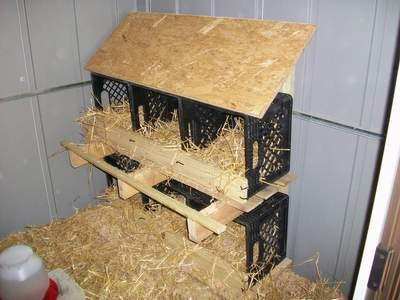From
beasts we scorn as soulless,
In
forest, field and den,
The
cry goes up to witness
The
soullessness of men.
~M. Frida Hartley
Free-range eggs are
laid by happy hens that roam freely around outdoors in the day and snuggle up
in their barn at night. Hens that are fed a vegetarian diet of grains and
pulses with no animal by-products or fishmeal. Happy hens who are free to
chase bugs, graze on the grass and have regular sand baths to rid themselves
of lice and fleas.
The benefits of
free-range eggs are numerous, like the fact that these eggs are rich in
omega-3 fatty acids and vitamin E. Omega-3 fatty acids are not naturally
produced by the human body so it's essential for us to include them as a part
of a balanced diet. Vitamin E is an important antioxidant that also protects
the omega-3 fats. But for me the biggest benefit of free-range eggs is the
fact that they are produced under natural, non-cruel conditions.
Battery cage hens -
Pic from "Say no to battery chickens and eggs"
In the battery cage
system (the dominant form of egg farming in the world), the hens are confined
in cages with a sloping floor so that their eggs roll away in order to
prevent faecal contamination of the eggs.
The
cages are normally stacked on top of each other in houses with no access to natural
light.
The houses use various automated conveyor belt systems to bring the hens food, capture their waste and
take away their eggs.
Because
of the cramped conditions
(sometimes less than an A4 sheet of paper per hen – for life!),
alternative farming methods for eggs have increased in popularity.
These include barn, free-range and organic (also free range, but with the additional requirement of organically produced
feed).
“Freedom to behave naturally” (one of the 5 freedoms that all animals should receive according to the Farm
Animal Welfare Council in the UK) is one of the greatest welfare concerns
for the world’s egg laying chickens.
Research has shown that hens have a strong preference for laying their eggs in a nest
and are highly motivated to perform nesting behaviour. Hens also show a strong preference for a littered floor both
for pecking and scratching and for dust-bathing, and a preference to
perch, especially at night.
Battery
caging prevents all of this
as the hens are kept in barren cages without perches or litter, and are
so confined for most of their lives that they cannot even flap their
wings. I have bought battery cage chickens that have come to the end of their
egg-laying life and upon releasing them in the hen house, they couldn't even
walk! Their leg muscles had wasted away and it took me weeks of pampering
before they started moving around. These chickens were also unusually
aggressive with no social skills whatsoever, pecking one another and fighting
constantly. I eventually had to separate them from the rest of the chickens
into their very own hen house, but they never acquired any form of 'natural'
chicken behaviour and just existed to the end of their days, fighting, squabbling
and generally looking miserable...
The question is not, "Can they reason?" nor, "Can
they talk?" but rather, "Can they suffer?"
~Jeremy Bentham
Free-range eggs
from my hens - I get between 6 a day
::















